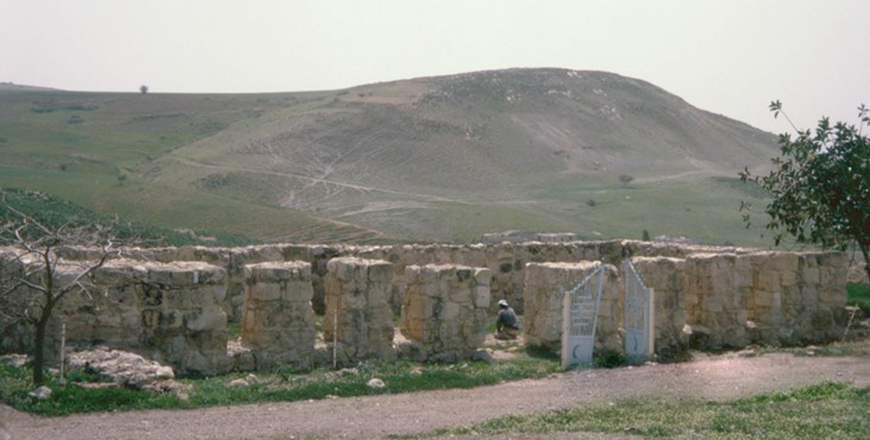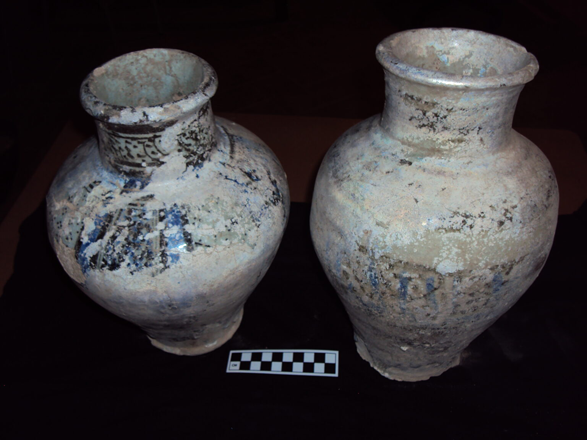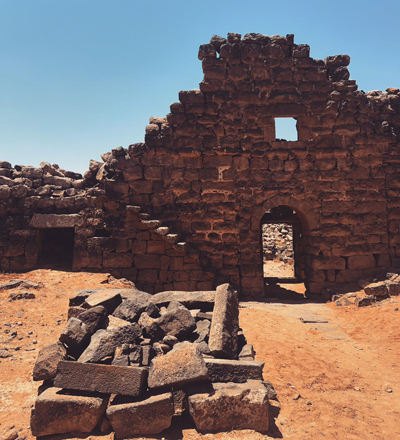You are here
Jordanian scholar studies heritage mosques in Irbid
By Saeb Rawashdeh - Sep 19,2022 - Last updated at Sep 19,2022

Remains of an ancient mosque in Um Qais (Photo courtesy of ACOR)
AMMAN — While studying heritage mosques in the Irbid Governorate, a Jordanian scholar worked to define typological and chronological elements which determine the religious, cultural and economic value of these buildings.
“Mosques are Islamic prayer buildings for Muslim communities. Such buildings are called ‘masjid’, ‘djami’a’ or ‘musalla’,” said Dua Hani at the 15th International Conference on the History and Archaeology of Jordan held in Irbid in August.
The specific term “heritage mosque” applies to mosques which predate the year 1918, dating to the Rashidun, Umayyad, Fatimid, Ayubid-Mamluk and Ottoman periods.
During the Mamluk period (1250-1517), Irbid played an important role as a stopping point for caravans, said Hani, who is the project coordinator for Friends of Archaeology Jordan.
She noted that the paper presented at the conference intends to initiate the publication process for a catalogue of heritage mosques in the Irbid Governorate.
Hani prepared a questionnaire for the residents of the Irbid area, to determine their level of knowledge of heritage mosques, such as their historical period and their architectural types.
In Umayyad times, different types of the mosques were erected, she said, adding that archaeological excavations helped to study the physical materials used for mosque building.
“Some mosques had more sophisticated ornamentations, while others had rudimentary forms of architecture; but they all consisted of certain major components: The prayer hall, and the mehrab. Other mosques also contain other components, such as minarets and a place for ablution [wudu],” Hani said, adding that this study achieves a comprehensive understanding of heritage mosques. She also noted that a catalogue providing information about mosque types in the Irbid Governorate has been prepared.
Related Articles
AMMAN — The archaeological site of Umm Zweitineh is located approximately 10 kilometres north of Amman, on the road between Sweileh and Zarq
Umm Al Jimal/Mafraq — Following the inscription of Umm Al Jimal on the UNESCO World Heritage List, Jordan is working on registering other si
AMMAN — The recent inclusion of the Umm Al Jimal archaeological site on UNESCO’s World Heritage List, highlights its exceptional universal v

















